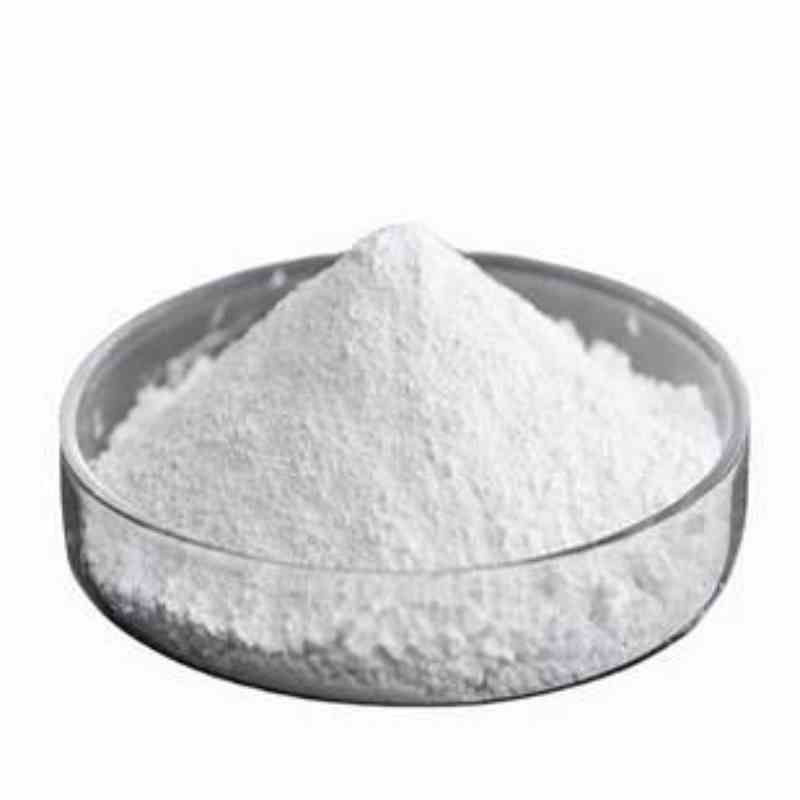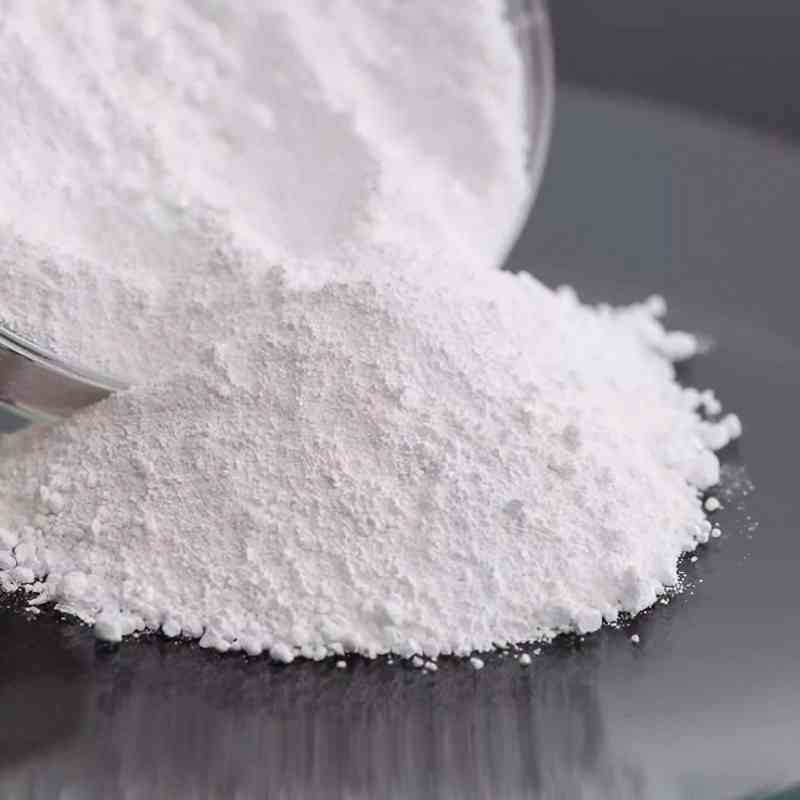
Calcium Hydroxide: 4 Must-Know Reactions + Ultimate Storage Guide for Flawless Results
Calcium hydroxide (Ca(OH)₂), commonly known as slaked lime or hydrated lime, is an important chemical substance. Its chemical properties and storage methods are of great significance in industry, agriculture and daily applications. The following will introduce the chemical properties of calcium hydroxide and its storage methods in detail.


Chemical properties of calcium hydroxide
Alkalinity
Calcium hydroxide is a strong base with significant alkalinity. It can react with acids to produce corresponding salts and water. For example, calcium hydroxide reacts with hydrochloric acid to produce calcium chloride and water:
Ca(OH)2+2HCl→CaCl2+2H2O
In addition, calcium hydroxide can also react with weak acids such as sodium bicarbonate to produce corresponding salts and water.
Hygroscopicity
Calcium hydroxide has strong hygroscopicity and easily absorbs moisture in the air and agglomerates. This property may cause its physical form to change, affecting the effect of use.
Reaction with carbon dioxide
Calcium hydroxide can react with carbon dioxide in the air to produce calcium carbonate (CaCO₃) and water. This property makes it widely used as the main component of lime slurry in the construction field:
Ca(OH)2+CO2→CaCO3↓+H2O
This reaction is also the main reason for the deterioration of calcium hydroxide, so it needs to be sealed to avoid contact with carbon dioxide in the air.
Solubility
Calcium hydroxide is slightly soluble in water, and its solubility decreases with increasing temperature. Its aqueous solution is alkaline, with a pH value greater than 7, and is often used to adjust the pH of soil.
Other chemical reactions
Calcium hydroxide can also react with a variety of compounds, such as sodium carbonate to form calcium carbonate precipitate:
Ca(OH)2+Na2CO3→CaCO3↓+2NaOH
Storage method of calcium hydroxide
Calcium hydroxide needs to be strictly sealed and stored. It is recommended to use alkali-resistant plastic barrels, woven bags lined with polyethylene or stainless steel containers to avoid direct contact with metal to prevent alkaline corrosion. The storage environment should be kept cool (temperature below 30℃), dry (relative humidity ≤85%) and well ventilated, away from heat sources, fire sources and direct sunlight to prevent moisture absorption, agglomeration or thermal decomposition.
The storage area must clearly mark the chemical information (name, hazard, protective measures) and store it separately from acids, flammables and food-grade raw materials. Check the sealing of the container regularly, and replace the packaging in time if leakage or agglomeration is found. To reduce the risk of deterioration, it is recommended to purchase on demand and avoid long-term hoarding.
Precautions:
- Wear dust masks, goggles and rubber gloves when handling to prevent dust irritation;
- If it comes into contact with skin or eyes, rinse immediately with plenty of water and seek medical attention if necessary;
- Leakage treatment: collect with dry tools to avoid dust, and neutralize the contaminated area with weak acid (such as dilute acetic acid) and then rinse.
The chemical stability and performance of calcium hydroxide can be effectively maintained through standardized storage.



